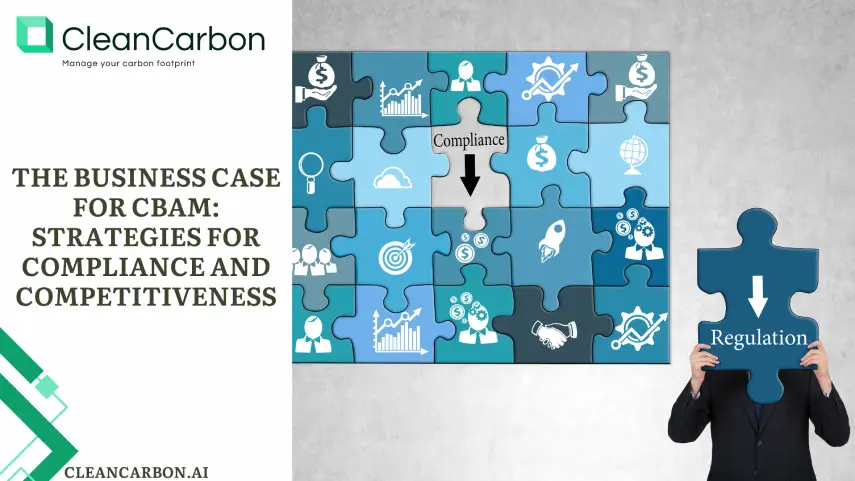The European Union’s Carbon Border Adjustment Mechanism (CBAM) is rapidly approaching full implementation, presenting significant challenges and opportunities for businesses worldwide. Understanding the business case for CBAM and developing effective compliance strategies are essential to navigating this new regulatory landscape.
Key Points
Understanding the CBAM
- Increased Costs: CBAM will directly impact the cost of imported goods, potentially leading to higher prices for consumers or reduced profit margins for businesses.
- Regulatory Compliance: Companies will need to understand the specific requirements of the CBAM and ensure compliance with reporting and payment obligations.
- Supply Chain Disruptions: The CBAM could disrupt supply chains as companies may need to source products from regions with lower carbon footprints or adjust their production processes.
The Business Case for CBAM
Risk Mitigation: Avoid potential trade barriers and penalties by ensuring compliance.
Competitive Advantage: Demonstrate a commitment to sustainability, attracting environmentally conscious consumers and investors.
Cost Reduction: Identify opportunities to reduce emissions and associated costs through process improvements.
Innovation: Drive innovation in low-carbon technologies and practices.
Strategies for Compliance and Competitiveness
- Carbon Footprint Assessment: Accurately measure and report your product’s carbon footprint.
- Supply Chain Management: Engage with suppliers to reduce their emissions and ensure compliance.
- Technology Adoption: Invest in low-carbon technologies and practices to reduce emissions.
- Policy Advocacy: Influence policy development to support a fair and equitable transition to a low-carbon economy.
Case Studies
- Successful Examples: Highlight businesses that have successfully implemented CBAM compliance strategies and achieved competitive advantages.
- Lessons Learned: Share insights from companies that have faced challenges and overcome them
Conclusion
The CBAM presents both challenges and opportunities for businesses. By understanding the business case and implementing effective compliance strategies, companies can mitigate risks, enhance their competitiveness, and contribute to a more sustainable future.






